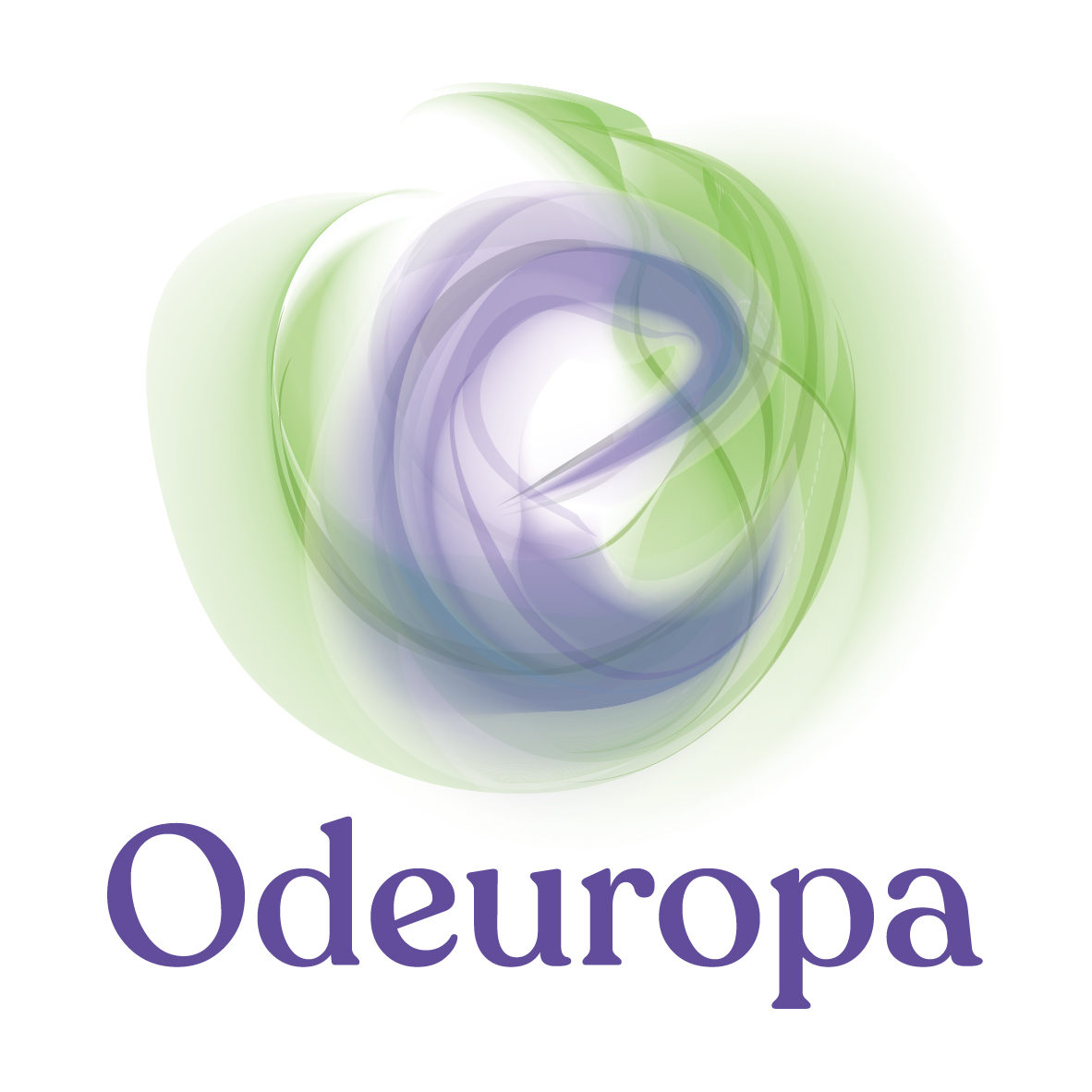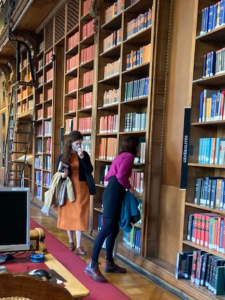By: Christina Kotsopoulou & Sofia Ehrich

On December 15th and 16th, 2021, the Odeuropa project in collaboration with the Berlin Center for Cold War Studies (BKKK), hosted its second workshop: Malodours as Cultural Heritage?. The goal of this workshop was to explore and challenge the topic of stench from varying angles and provide methods and techniques using malodours as an important means of storytelling within heritage institutes. The workshop targeted different questions such as: what do malodours tell us about transitions and advancements within urban, social, cultural, and environmental contexts? How can the sense of smell act as a measurement of analysis for histories of the past and present? And how can malodours be used as a storytelling technique within heritage institutes?
The workshop consisted of twenty nine ‘lightning talks’ from thirty one experts with interdisciplinary knowledge about malodours. The presentations were categorised into five different sessions with the first two sessions taking place the first day of the workshop: 1) Malodours as Cultural Heritage? and 2) Smell Cabinets, which consisted of two parallel sessions that the audience could choose to attend – Smell Cabinet A : Smells from ‘Hidden’ Infrastructures – Sewers and War and Smell Cabinet B: Smells of Leather and Body Fluids – , 3) Malodours and Environmental Relations: Past and Present, 4) Shaping ‘Otherness’ through Smell and lastly 5) How to Incorporate Malodours in Heritage Institutes?. Each session was followed by an opportunity for the audience to ask questions.
Due to the Covid-19 pandemic, the workshop was held entirely online. Regardless of the online form of this workshop, Odeuropa stayed faithful to its nose-on approach by developing a ‘Do it Yourself’ curriculum for remote smelling which online participants could follow before and while attending the workshop.

Over 160 participants registered to participate in the workshop. All participants were ready to exchange knowledge about malodours – odours which many heritage institutes and perfume makers tend to avoid due to their intensity and the current lack of knowledge surrounding them. This workshop opened new doors in considering malodours – as well as fragrances – as an integral part of our cultural heritage. Keep reading for a summary of the two-day workshop.




